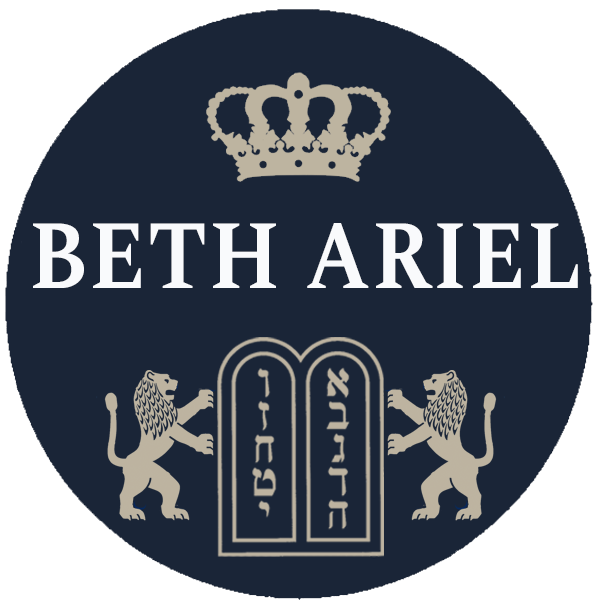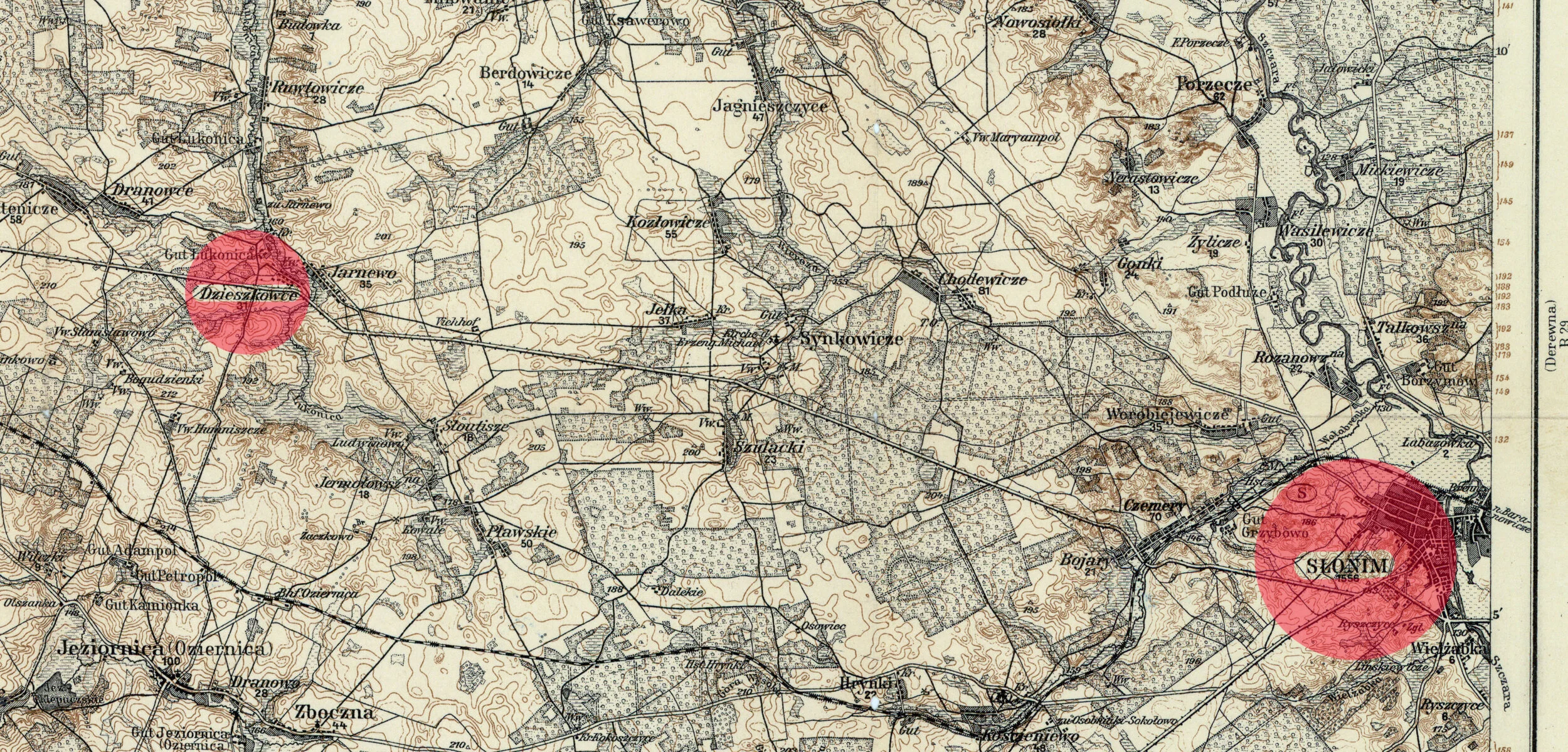Orthodox Jewish Roots
While I was raised in a Jewish home in Northern New Jersey, my Orthodox Jewish roots go back to my great grandparents who lived in Belarus, Russia in the late 1800’s. Two small towns were central to where my great grandparent’s were located. They lived in Dzieszkowce, which today is in Poland and is called “Derchin” from which my family derives its name. But their religious life revolved around the Great Synagogue in Slonim.
The late 1800’s was a period of extreme hardship for the Jewish people living in this region. At that time the Russian government under the Czars wanted to remove all influence of the Jewish people in their country. Accordingly, they instituted a three-part plan to both marginalize and isolate the Jewish people from the Russian citizenry, and to curtail any Jewish impact on Russian society.
When Russia acquired territory from Poland they came into possession of an area with a large population of Jewish people. This land was designated the Pale of Settlement from which Jewish people were forbidden to migrate into the interior of Russia.
Their plan for Jewish oppression and containment involved the following: One third of the Jewish men, as young as 12 years of age were conscripted into the Russian army. One third were deported. And one third were killed through government sanctioned pogroms.
Yosef & Nachama Derechinsky (Weinberg) seated, my great grandparents. With them is their daughter Rivka (standing), along with Rivka’s three children, Batia (alongside Yosef), Chaya (alongside Nachama), and Avram. The photo was taken in the early 1900’s.
Under these conditions my great grandparents Yosef and Nachama-Kreine, with their two daughters immigrated to Israel in 1890 as “Halutzim” (“Pioneers”) during the second Aliyah, or wave of immigration. Their third daughter Miriam was born in Rosh Pina. Their son Zvi Hirsch (Harry, my grandfather) was conscripted into the Russian army at this time when he was about 16 years old, and did not immigrate to Israel with his family. Shortly after his conscription he was married to Esther Dvora Wolkaminsky and after leaving the military immigrated to the United States in 1906. Before leaving Russia he and Esther had five children. My father Mordechai (Max) would be their only child born in the United States in 1919.
My great grandparents and their children settled in Rosh Pina (The Cornerstone, Psalm 118:22), a small village north of the Sea of Galilee. Rosh Pina was one of the first Zionist settlements in the Land, established in 1882. Because Israel at that time was under the control of the Ottoman Empire, all property the Jewish people settled had to be purchased from the Turks. The funding for such land purchases were provided by European Jewish communities and wealthy Jewish financiers. In the case of Rosh Pina, it was a settlement that came under the patronage of the Baron Edmond James de Rothschild.
Life was difficult and challenging for these early “pioneers.” They tried their hand at farming and fishing but neither of these ventures was successful. Then a winery was built at the initiation of Baron Rothschild and Yosef was appointed as the official wine taster. Yosef who as a very religious man desired to dispense with his Russian name and adopt a Jewish surname. We are not sure why he chose the name Weinberg, but it may be because in Yiddish it means “vineyard.” At this time, he also received the nickname “Yoshke” by the settlers suggesting the word “mashke” meaning “drink.”
It is also interesting to note that a dynasty of Slonimer Rebbes had the name Weinberg. Perhaps Yosef was related to them or he chose the name to honor them. Yosef was a very religious man who was the caretaker of the bathhouse located in the cellar of the synagogue, and was responsible for the “mikveh,” or “ritual bath.”
The Ancient Synagogue built in 1882, was the first public structure in Rosh Pina.
Yosef was also a skilled carpenter who lived close to the synagogue on Founders St. In the synagogue there is a framed carved stone listing the names of the first residents of Rosh Pina. Yosef’s name is included in that list.
Yosef also built the “Aron Kodesh” the Holy Ark that contains the Torah scrolls in the sanctuary. It is beautifully crafted in the Baroque style and modeled after the ark that was build in the Great Synagogue in Slonim. The ark with all its carvings and its impressive size is splendidly located in its place for nearly 100 years. In addition, Yosef contributed the first Torah to the synagogue.
My great grandmother Nachama passed away in 1929 and my great grandfather Yosef died in 1932. Both are buried in the Rosh Pina cemetery.






